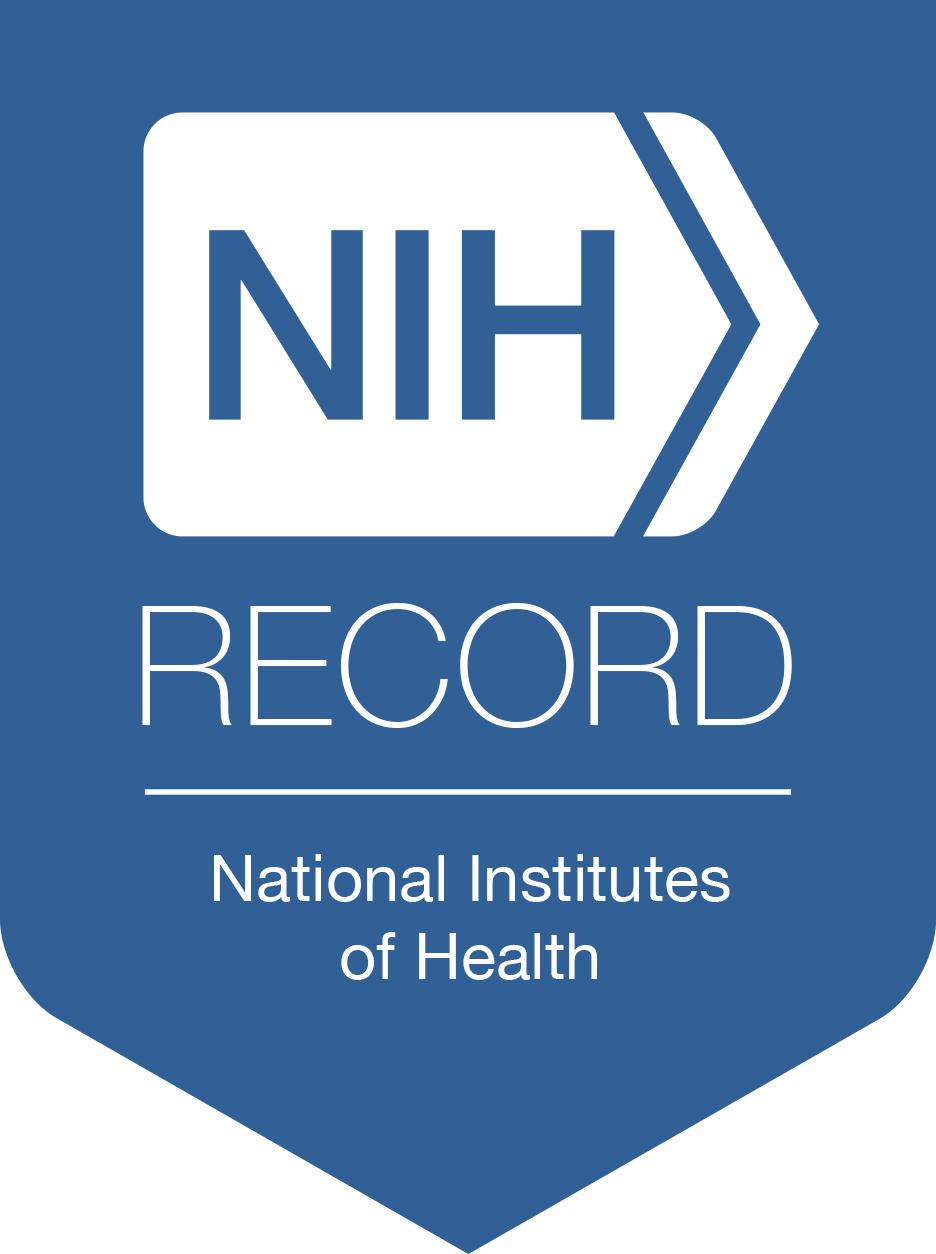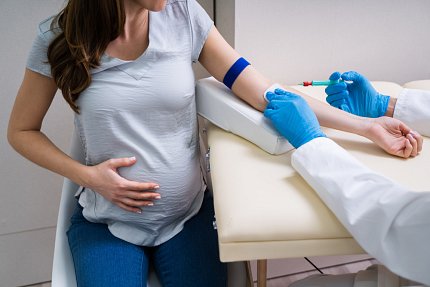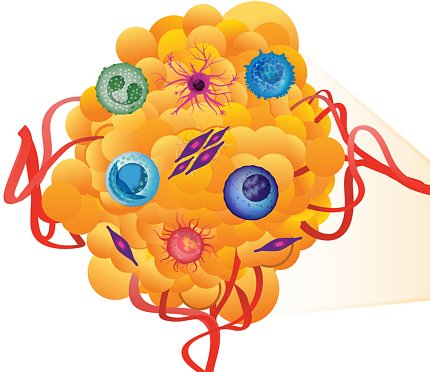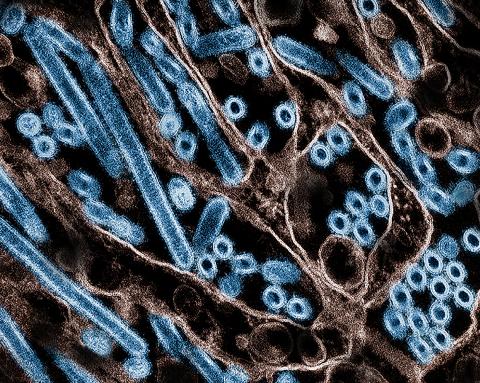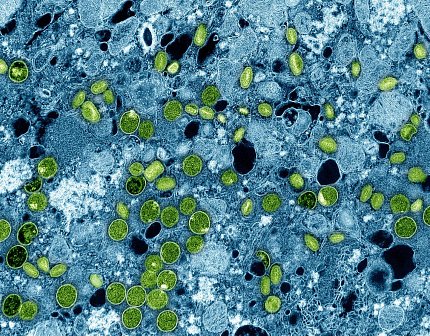First Wave of Covid-19 Increased Risk of Heart Attack, Stroke up to Three Years Later
Covid-19 infection may have significantly increased the risk of heart attack, stroke and death for up to three years among unvaccinated people early in the pandemic when the original SARS-CoV-2 virus strain emerged. The NIH-supporting findings confirm previous research showing an associated higher risk of cardiovascular events after a Covid-19 infection but are the first to suggest the heightened risk might last up to three years following initial infection, at least among people infected in the first wave of the pandemic.
